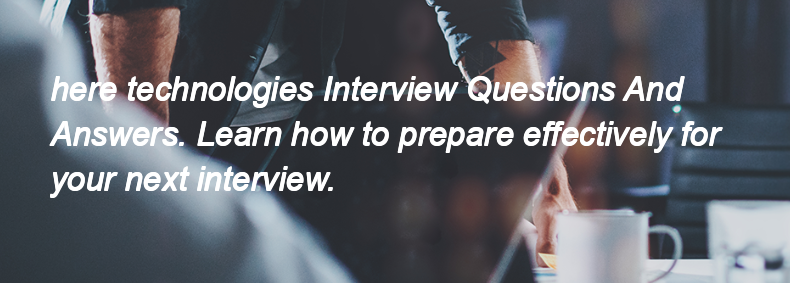Ques:- What are push notifications and how are they implemented
Asked In :-
Define Labs, First Zen, PowerSchool, Celestial Systems Pvt., Citrus Informatics (India), Appscrip, ThinkPalm Technologies (P), Xoriant Solutions, NIHILENT LIMITED, Solugenix India,
Right Answer:
Push notifications are messages sent from a server to a user's device to provide updates or alerts, even when the app is not actively in use. They are implemented using services like Firebase Cloud Messaging (FCM) for Android or Apple Push Notification Service (APNs) for iOS. Developers register the app with these services, obtain a device token, and then send notifications through the server to the specified device tokens.
Push notifications are messages sent from a server to a user's device to provide updates or alerts, even when the app is not actively in use. They are implemented using services like Firebase Cloud Messaging (FCM) for Android or Apple Push Notification Service (APNs) for iOS. Developers register the app with these services, obtain a device token, and then send notifications through the server to the specified device tokens.

